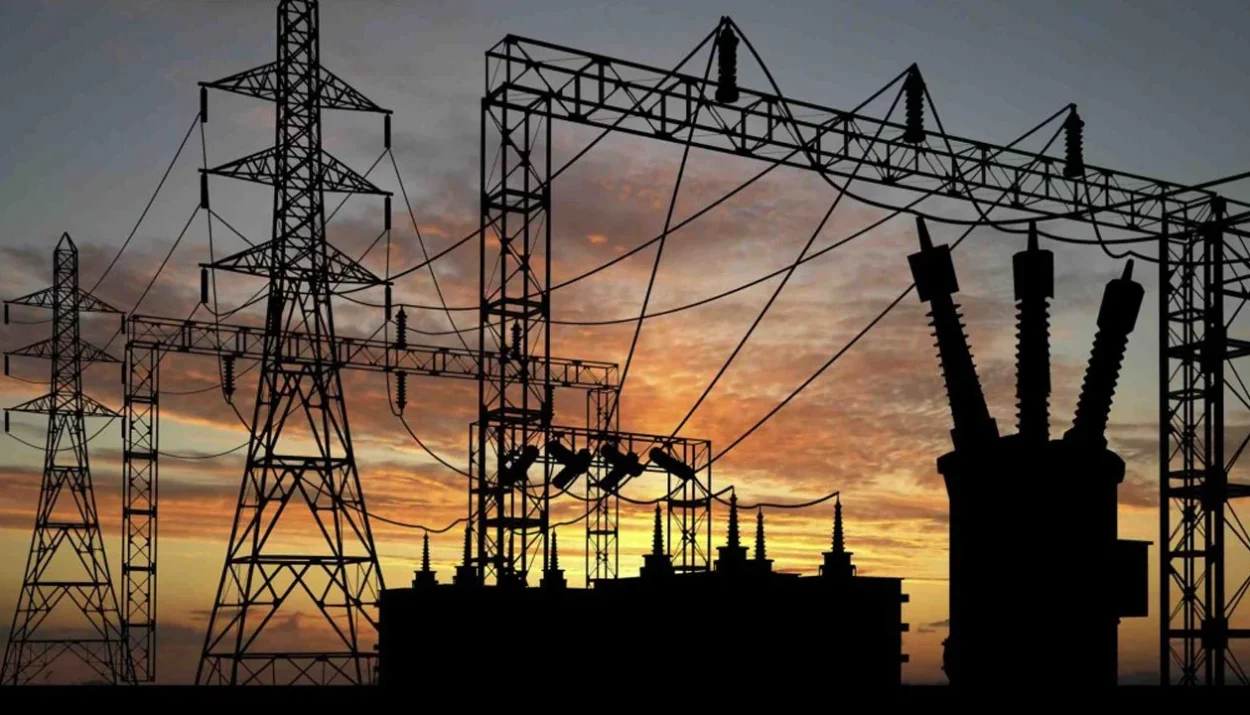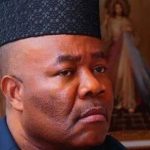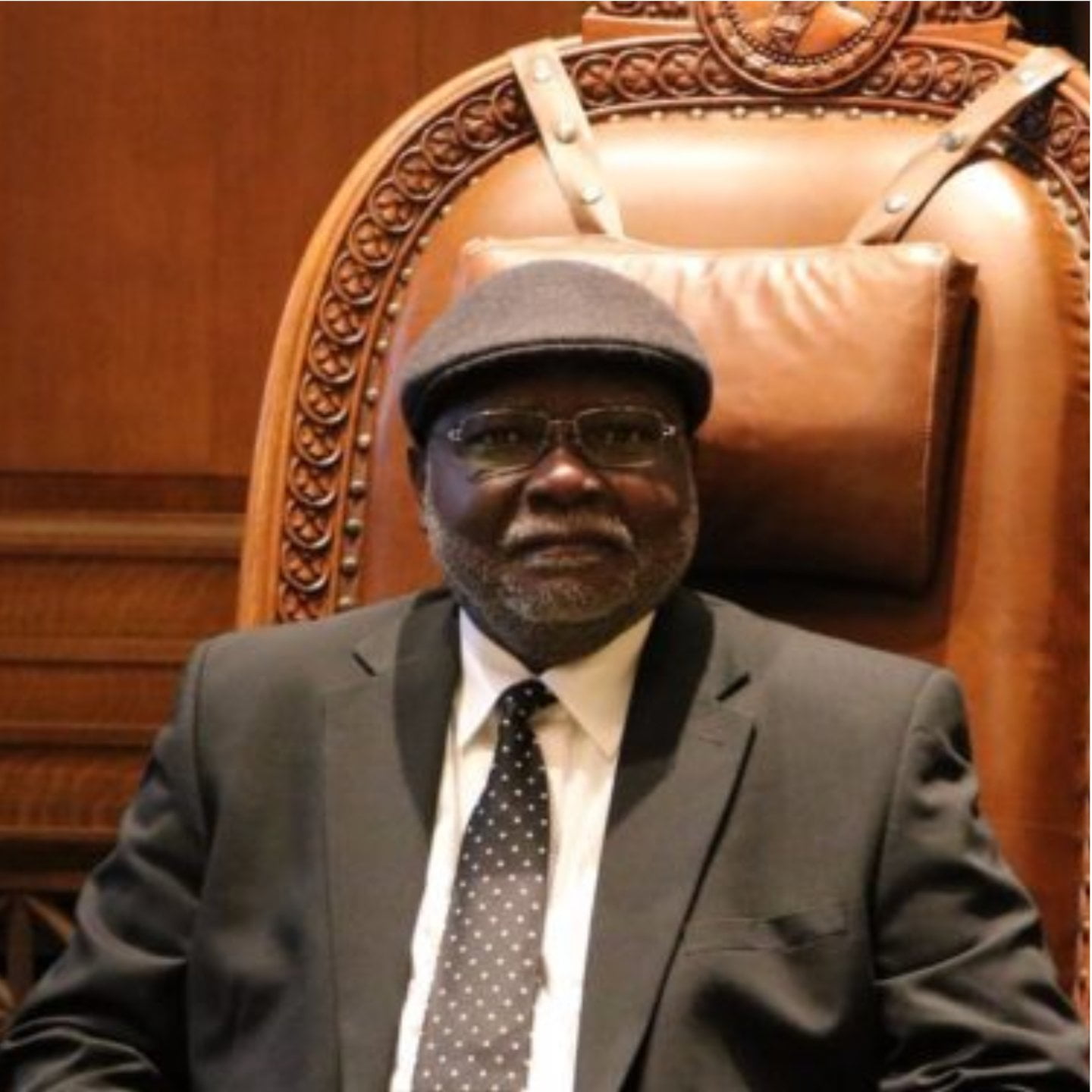Nigeria’s national grid has suffered yet another collapse, marking the third failure in just one week and plunging several states into complete darkness. The collapse occurred early Saturday morning, with data from the Nigerian System Operator’s portal (niggrid.org) confirming that the grid recorded zero megawatts (MW) by 9:20 AM, signaling a total loss of power generation.
The latest collapse follows two other incidents earlier in the week, highlighting the instability and fragility of Nigeria’s power infrastructure. The repeated failures are intensifying the strain on households, businesses, and industries, already grappling with an unreliable electricity supply and rising fuel costs.
This blackout is expected to deepen the economic and social challenges many Nigerians are facing, as alternative power sources such as generators have become increasingly costly to operate due to the fuel price hike and scarcity. Businesses, particularly small and medium-sized enterprises (SMEs), are bearing the brunt of the outages, with productivity grinding to a halt in many sectors.
The frequent grid collapses have raised urgent questions about the state of Nigeria’s power system and the need for sustainable reforms. Despite repeated assurances from the government and power operators, the national grid’s consistent failures have left millions of Nigerians without a dependable energy source.
Power sector analysts have long warned about the fragile state of Nigeria’s grid infrastructure, which has seen minimal upgrades despite a growing population and increased demand for electricity. With the nation already struggling with inflation and high fuel costs, the grid collapse is exacerbating hardships, leaving many wondering when a long-term solution will be implemented.
The Nigerian government has yet to provide an official statement regarding the root cause of this latest collapse, though efforts to stabilize the grid are reportedly underway.






2 Comments